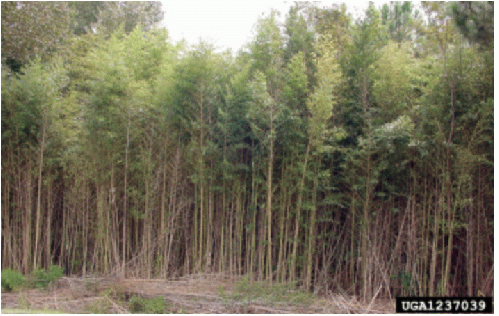We are bombarded daily with dystopian forecasts of climate disaster looming in the very near future. Each article pounds one or more nails into our collective coffins. The hammering is endless, and is very effective in conveying the message that there is no alternative and no hope. This serves the fossil fuel industry and the rest of the corporate world. Their thinking is limited to whatever will maximize quarterly profits.
Thankfully, there is another effort afoot. It is a science-based effort whose goal is to develop a plan to reverse global warming and provide a roadmap to accomplish it. The plan is revealed in a 2017 book, DRAWDOWN, a NYT bestseller. Quoting from the Foreword, by Dr. Jonathan Foley, Executive Director, California Academy of Sciences, San Francisco:
""climate change threatens to undermine our social fabric and the foundations of democracy. We see the impacts of this in the United States in particular, where key parts of the federal government are denying the science and are closely aligned with fossil fuel industries. While most people continue to move through their day as if nothing is wrong, others who are aware of the science are fearful, if not in despair. The climate change narrative has become a doom and gloom story, causing people to experience denial, anger, or resignation."
And,
""DRAWDOWN illuminates ways we can overcome the fear, confusion, and apathy surrounding climate change, and take action as individuals, neighborhoods, towns and cities, states, provinces"[etc.]"
And finally,
""DRAWDOWN has helped restore my faith in the future and in the capacity of human beings to solve incredible challenges. We have all the tools we need to combat climate change, and thanks to Paul [Paul Hawken, editor] and his colleagues we now have a plan showing us how to use them.
Now let's get to work and do it."
For several months now I have been thinking about bamboo, the number 35 ranked solution of the 80 solutions discussed in DRAWDOWN. I began this thought process before I was aware of the book and experienced a surprising surge of hope as a result. I've been collaborating with OpEdNews.com friends about how to spread the word and generate support for bamboo as one part of the solution to our problem. This article is the first step.
There are more than 1200 varieties of bamboo. Some are nuisances like Golden Bamboo, (Figure 1) the common cane variety found in the US (Distribution: AL, AR, CT, DE, FL, GA, HI, KY, LA, MD, MS, NC, OR, SC, TN, TX, VA, WV). It propagates from underground runners that sprout new growth from rhizomes and take over large areas rapidly.
Figure 1 Golden bamboo (Phyllostachys aurea)
The most interesting varieties have culm (stem) diameters of several inches and grow in clumps that do not spread beyond a limited radius of a few yards. (Figure 2) They sprout new culms from rhizomes attached to the root of an existing culm. (See Figure 3) The new sprouts grow at as much as 1+ meters per day. (Example: Figure 4) They are the fastest growing plants on Earth, reaching heights of 30 ft or more in a year. The diameter of the culms can be as much as 10 inches depending on the variety. The thickness of the culm wall depends on the variety.
(Note: You can view every article as one long page if you sign up as an Advocate Member, or higher).






